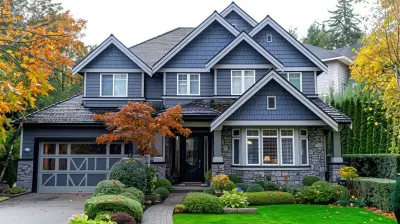Reimagining Retail Spaces: How Real Estate Is Adapting to E-commerce
23 August 2025
Let’s face it: retail isn’t what it used to be. The days of bustling shopping malls and packed storefronts have given way to online carts, same-day delivery, and digital showrooms. With the rise of e-commerce, consumers have changed the way they shop, and as a result, commercial real estate is going through a serious transformation. But don’t worry — this isn’t a doom-and-gloom story for retail spaces. In fact, it's more like a plot twist in a really good novel.
So how exactly is real estate adapting to this new retail ecosystem? Buckle up, because we’re diving deep into the changing landscape of brick-and-mortar and how it's finding new life in a digital world.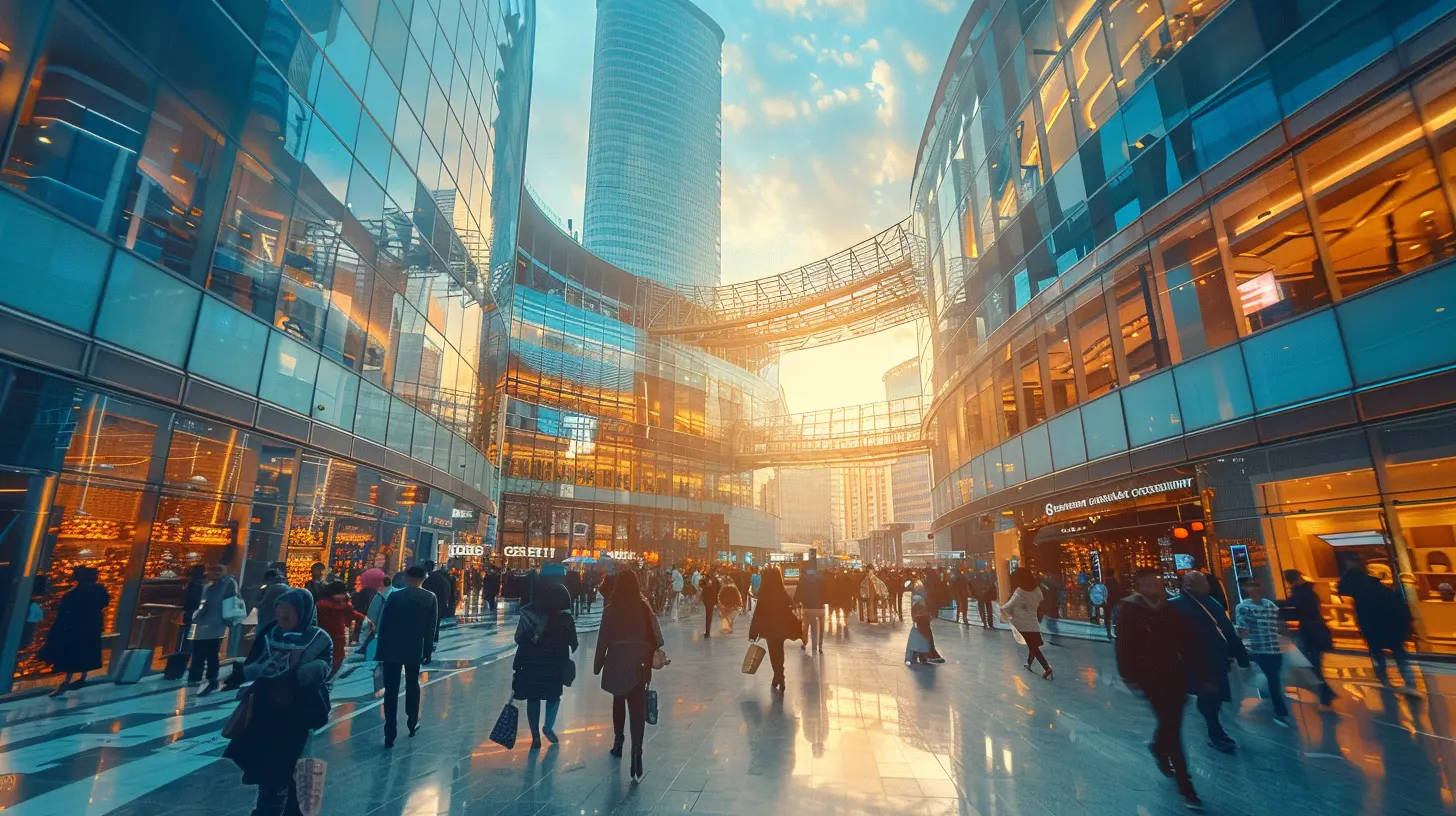
The E-commerce Boom: What’s Fueling the Shift?
Think back ten years ago — online shopping was convenient but not essential. Fast forward to today, and it's the default for many. Why? Because it's quick, easy, and often cheaper.Add in a pandemic that forced people indoors, and you’ve got a full-blown shift in consumer behavior. But it’s not just about safety or convenience. E-commerce platforms have mastered the art of personalization, fast shipping, and 24/7 access. All of this makes walking into a traditional store feel... well, old school.
With fewer people frequenting physical stores, landlords and developers started asking the big question: "What do we do with all this space?"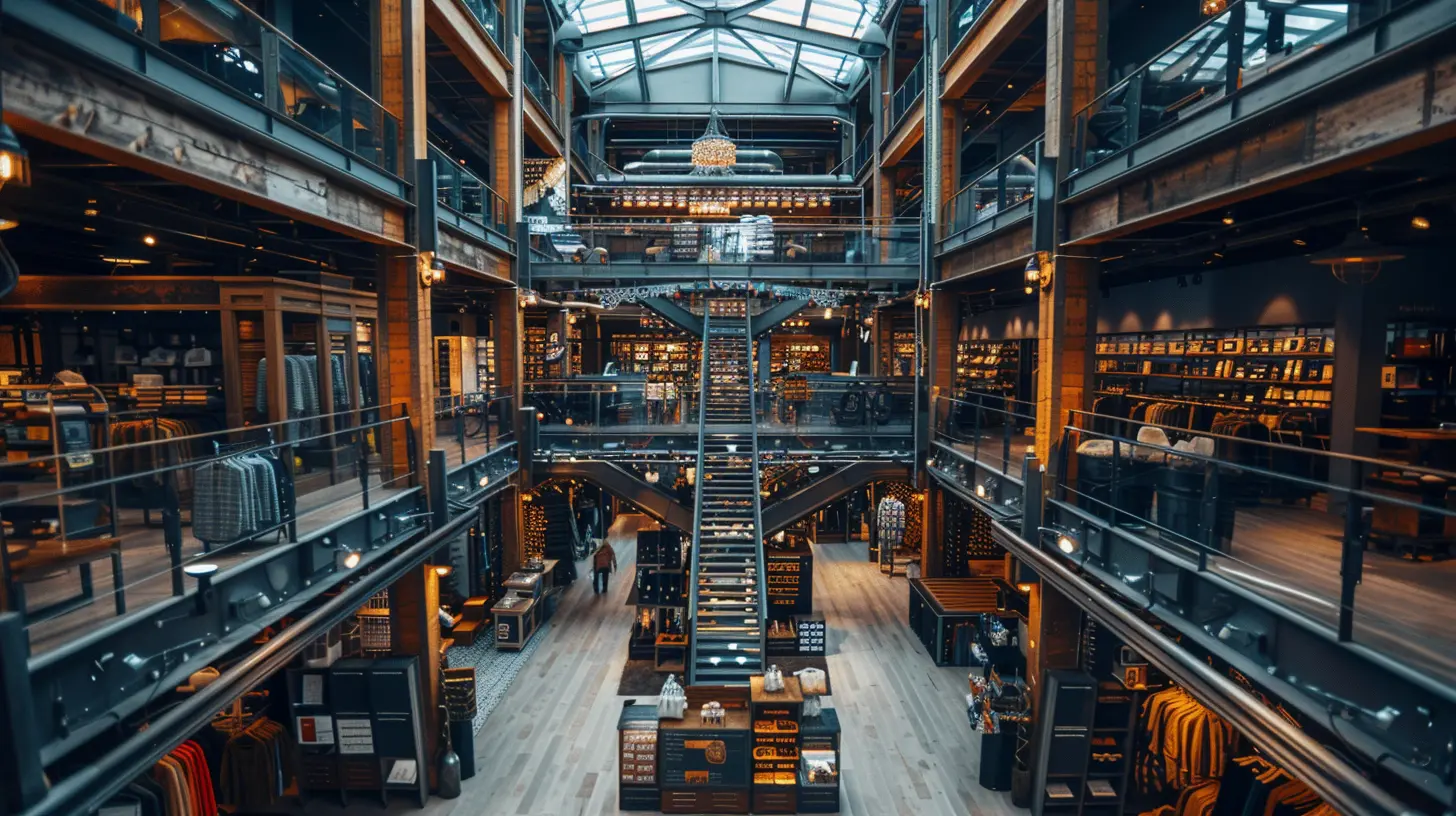
Vacant Storefronts: A Wake-Up Call for Landlords
Empty storefronts are like tumbleweeds in the wild west — a sign that something's gone wrong. And for landlords, each vacancy is lost revenue.Retail vacancies have been rising steadily over the past few years. Whether it’s the corner boutique or the anchor store at the mall, many traditional retailers haven’t survived the digital shift. And those who have made it? They’re rethinking the way they use physical locations.
Landlords and property managers are realizing that simply waiting for the next big-box tenant isn’t going to cut it anymore. The game plan has to change — and fast.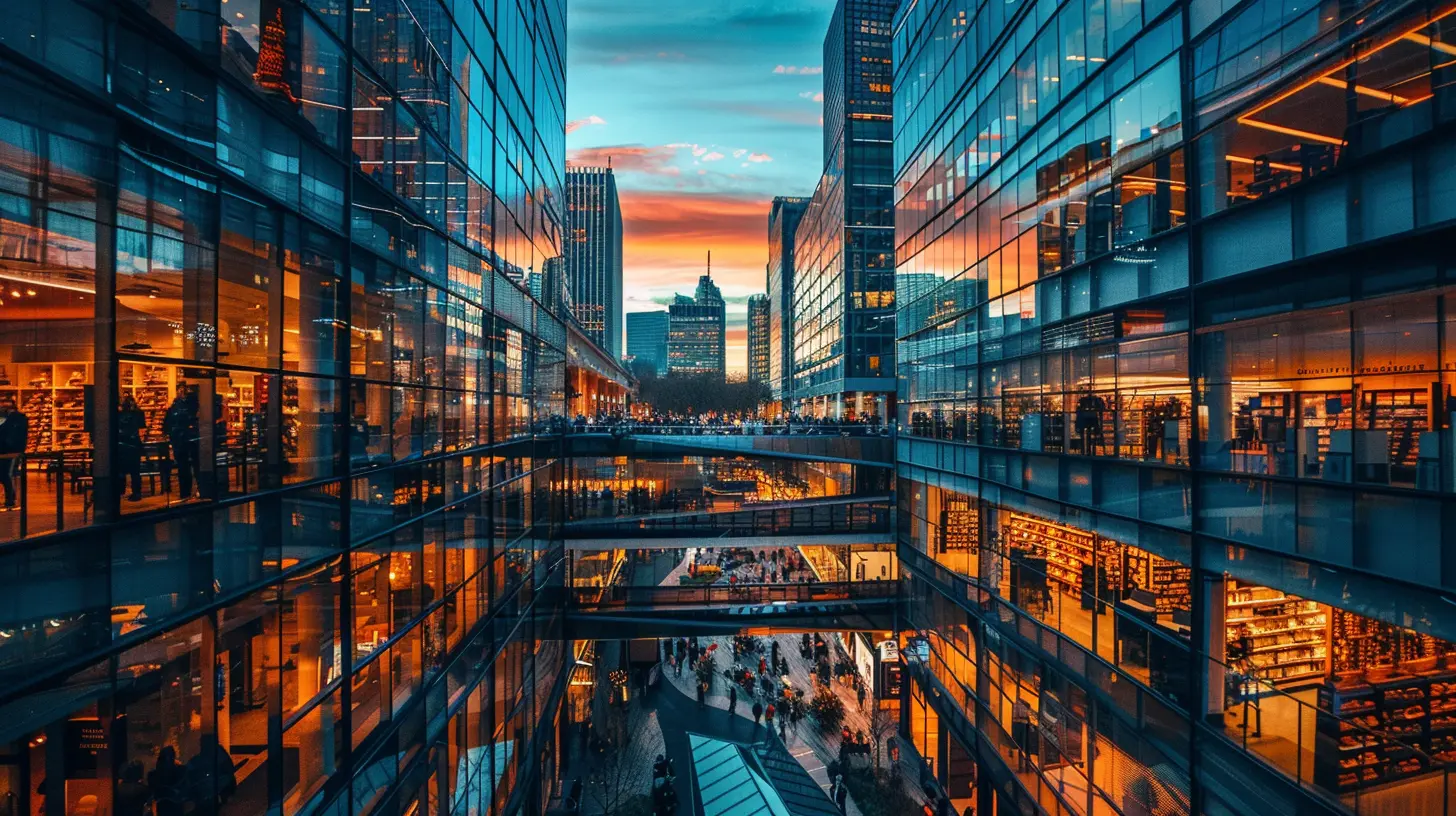
From Storefronts to Fulfillment Centers
Here’s something you probably didn’t see coming: that store where you used to buy shoes? It might now be shipping hundreds of pairs each week — just not directly to you.Real estate developers are turning empty store spaces into urban fulfillment centers, aka “last-mile delivery hubs.” These are strategically located spots that help online retailers get products to your doorstep faster than ever.
Think of it like the middle step in a relay race. E-commerce giants like Amazon, Walmart, and even grocery chains are snapping up well-located but underused properties to speed up delivery times and cut down on costs.
This repurposing trend isn't just efficient — it's brilliant. By staying close to high-density neighborhoods, these mini warehouses shrink the delivery window and slash transportation expenses.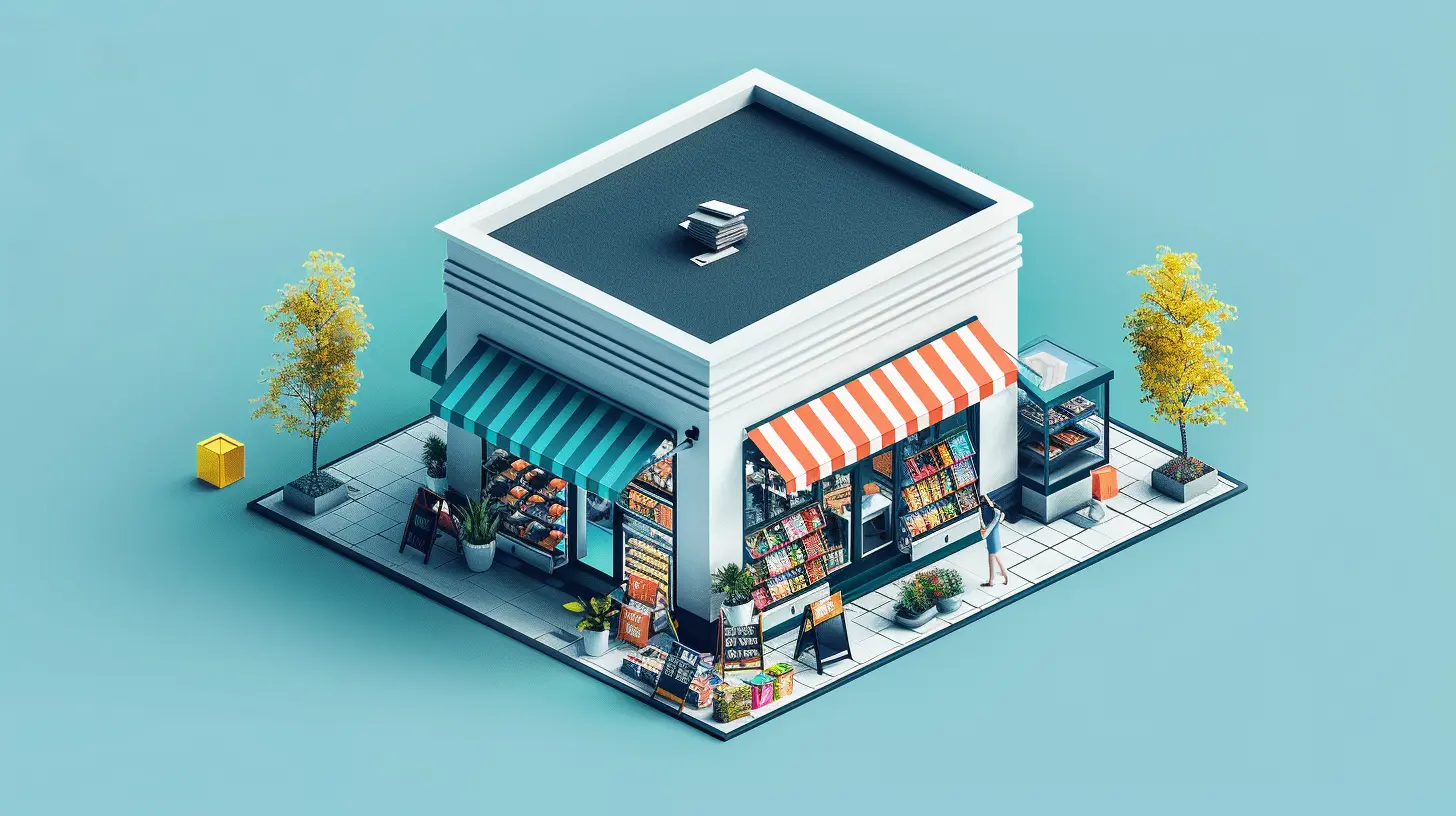
Experiential Retail: Bringing People Back In
Alright, so not all is lost for physical retail — not by a long shot. In fact, many brands are finding ways to lure customers back into stores by offering something they simply can’t get online: an experience.Enter experiential retail. We're talking stores that double as event spaces, interactive showrooms, coffee bars, art galleries — you name it.
Brands like Apple, Nike, and Tesla are leading the charge here. Their stores aren’t just places to buy stuff — they’re destinations. They’re curated, immersive, and designed to make you feel something.
So, what does this mean for real estate? It means design matters more than ever. Spaces need to offer flexibility, high-tech infrastructure, and a layout that encourages lingering longer — because the longer people stay, the more likely they are to open their wallets.
Mixed-Use Developments: The New Norm
Have you noticed how many shopping centers now include apartments, gyms, or even office space? That’s not a coincidence.Mixed-use developments are the real estate industry’s answer to shifting consumer habits. These projects combine retail, residential, and commercial elements into a single space, creating built-in foot traffic and a vibrant community feel.
Instead of driving miles to a mall, people can walk downstairs for coffee, grab dinner around the corner, and maybe catch a pop-up market — all within a few blocks of home.
It’s all about maximizing utility and minimizing risk. By mixing residential and commercial tenants, landlords aren't putting all their eggs in one basket. It’s like diversifying your investment portfolio, but for buildings.
Pop-Up Shops and Short-Term Leases: Flexibility Is King
For many brands, long-term leases just don’t make sense anymore. With the retail landscape shifting so quickly, who wants to be locked into a five or ten-year deal?Pop-up shops and short-term leases offer a nimble, low-risk way to test markets and boost brand visibility. They’re like speed dating for retail — try it out, see how it goes, and go from there.
This model is especially popular with DTC (direct-to-consumer) brands that got their start online. Think Warby Parker or Allbirds. These companies are opening physical locations, but they’re doing it smart — popping up in high-traffic areas for a few months before committing long-term.
For landlords, flexible leasing options are a way to keep spaces filled and relevant. And hey, who doesn’t love something new every few months?
Tech-Enabled Spaces: Smart Real Estate for Smart Shoppers
Today’s shoppers are tech-savvy — and real estate is following suit.From augmented reality dressing rooms to AI-powered inventory systems, retail spaces are leveling up. Smart lighting, climate control, traffic monitoring — buildings are getting brains, and it’s changing the game.
This integration allows retailers to reduce energy costs, improve customer experience, and collect valuable data. For example, mall operators are now using foot traffic analytics to figure out which tenants are thriving and which ones need support.
And for shoppers? These tech perks make in-person shopping feel as seamless and personalized as their favorite e-commerce app.
The Impact on Urban vs. Suburban Real Estate
Not all retail spaces are created equal. The e-commerce wave is hitting urban and suburban areas in different ways.In cities, the focus is on last-mile logistics. Buildings close to consumers become prime real estate for micro-fulfillment centers equipped to handle high-volume, fast-paced delivery needs.
Suburban areas, on the other hand, are seeing a rise in hybrid retail models. Think big-box stores turning part of their floor space into local distribution hubs or curbside pickup zones.
And with the migration trends driven by remote work, suburbs are no longer sleepy towns — they’re bustling mini metros with growing demand for mixed-use developments and lifestyle centers.
Sustainability: The Green Side of Retail Real Estate
Let’s talk green — and not just money.Sustainability is becoming a huge factor in real estate decisions. More than ever, there's pressure to reduce carbon footprints, use eco-friendly materials, and create energy-efficient spaces.
E-commerce might be convenient, but it's not always environmentally friendly. All those deliveries add up in emissions. That’s why smart developers are looking to balance the scale.
From rooftop gardens to electric vehicle charging stations and solar panels, retail spaces are getting a sustainability overhaul. It’s good for the planet — and great PR for brands building trust with environmentally conscious consumers.
Adapting to the Future: What’s Coming Next?
So what does the future hold? Honestly, a lot of possibility.The real estate world isn’t just reacting to e-commerce — it's starting to anticipate it. Developers, landlords, and retailers are working together now more than ever to create versatile, future-ready spaces.
Hybrid models, community-focused developments, and immersive retail experiences are becoming the new standard. And as technology continues to advance, we’ll see even more innovative ways commercial real estate can serve both consumers and businesses.
Retail real estate isn’t dying — it’s evolving. It’s becoming smarter, more adaptable, and better aligned with the way people live, work, and shop today.
Final Thoughts
E-commerce didn’t kill retail — it gave it a reason to reinvent itself.Sure, the transformation hasn’t been easy. But like any good evolution, it's leading to something better: more engaging spaces, smarter logistics, and hybrid environments that blend old-school charm with modern convenience.
As a property owner, investor, or even just a curious shopper, it’s exciting to see how real estate is stepping up and meeting these challenges head-on. The future of retail isn’t one-size-fits-all — and that’s exactly what makes it so full of potential.
all images in this post were generated using AI tools
Category:
Real Estate TrendsAuthor:

Basil Horne
Discussion
rate this article
1 comments
Veronica Alvarez
Great insights! It's fascinating to see how retail spaces are evolving to meet e-commerce challenges. Adapting these areas can enhance community engagement and create unique experiences. Excited for what's next!
September 3, 2025 at 2:23 AM

Basil Horne
Thank you! I appreciate your enthusiasm for the evolution of retail spaces and their potential to foster community connections. Exciting times ahead!
